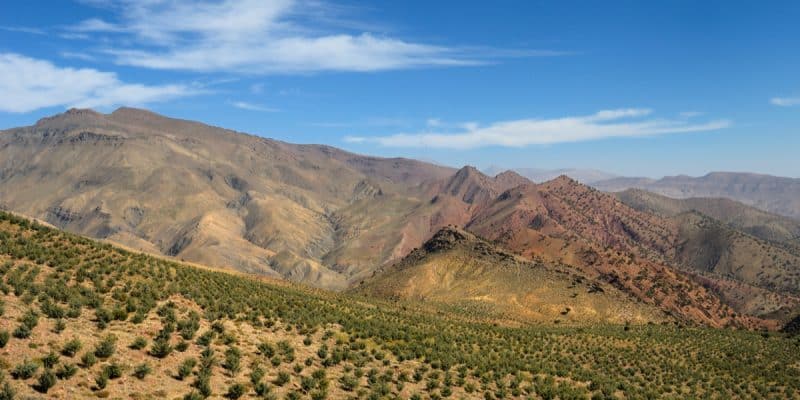The African Union (AU) has decided to extend the Great Green Wall project to southern Africa. This decision was taken because of the security challenges faced in the Sahel countries. Launched in 2007, the pan-African ecological restoration initiative is only 20% complete, mainly in Senegal and Ethiopia.
Southern Africa is now part of the perimeter of the Great Green Wall (GGW) project. This was decided by the African Union (AU) because of the insecurity problems in many countries in the Sahel, the original project area. According to Elvis Paul Tangem, the GGW project coordinator for the AU, it is almost impossible to continue planting trees and restoring degraded land in Mali, Burkina Faso, Niger, Chad, Nigeria, Eritrea and northern Cameroon because of insecurity and the reallocation of funds to humanitarian aid.
We are now moving to areas that are less of a security threat and less prone to conflict,” he said. We are also looking at the southern part of Africa. We are aware that Madagascar, Angola, Namibia and South Africa have suffered severe drought and desertification in recent years. The Great Green Wall now extends to these countries,” says Elvis Paul Tangem.
Insecurity and climate change
Based on the AU’s assessment of the causes of the slowdown of the GGW project in its original area, insecurity can be seen as a factor in desertification in Africa, and vice versa. Taking part in the UN Security Council’s high-level debate on climate and security on 23 February 2021, several African leaders identified climate change as one of the main drivers of insecurity in Africa.
The videoconference discussion touched on the serious climate-related security risks in Africa, including in West Africa, Somalia, Darfur, the Sahel, Mali and the Lake Chad Basin. “In my country, we live in constant insecurity, due to many factors that put Sudan at the top of the list for climate vulnerability,” says Nisreen Elsaim, chair of the United Nations Youth Advisory Group.
Only 20% of targets met, after 16 years
According to a United Nations (UN) study published in 2020, the Great Green Wall had only achieved about 20% of its targets, including in Senegal and Ethiopia.
The latest boost to the project comes from the President of the 15th Conference of the Parties (Cop15) of the UN Convention to Combat Desertification and Drought. On 31 January 2023 in Abidjan, Ivory Coast, Alain-Richard Donwahi and the Regional Coordinator of the Subregional Hub for West and Central Africa of the United Nations Development Programme (UNDP), Njoka Tikum, signed a memorandum of understanding. The MoU covers the establishment of a financial mechanism for the effective implementation of the GGW.
Read also-AFRICA: Possible negative impacts of the Great Green Wall
Launched in 2007 by the AU, the initiative initially envisaged the continuous planting of millions of trees over a 15 km wide strip from Senegal to Djibouti. In 2013, the vision was reoriented towards a broad programme of sustainable ecosystem management and improving the living conditions of rural populations affected by land degradation. The project’s goals include restoring 100 million hectares of land, capturing and storing 250 million tons of CO2 through vegetation by 2030, and creating 10 million jobs in rural areas while contributing to food security in one of the world’s most malnourished regions.
Boris Ngounou







